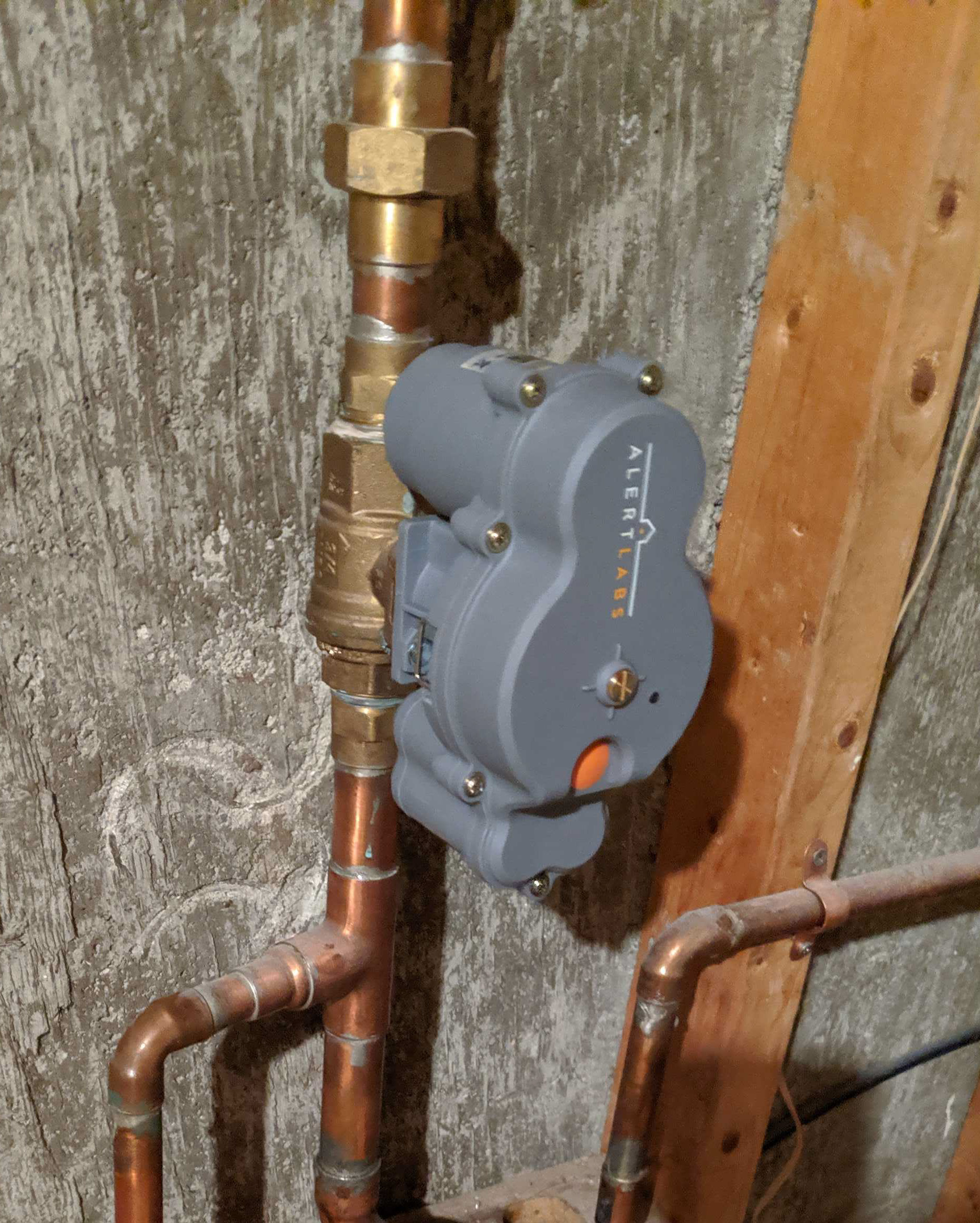

This weld works best with pipes of two different diameters. Instead of butting the two pieces together, one portion is inserted into the other and then welded together. Plumbing experts tend to use a socket weld when they determine there is a higher chance of leaking from the welded joints.
#Ways to secure pipes horizontal how to
(For more on butt fusion, see Butt Fusion & Polyethylene Pipe: How to Effectively Use This Trenchless Method.) Socket Weld Once the melt is achieved, they remove the plate, push the two pieces together and hold them in place until they cool, forming one solid pipe piece. Instead of using a filler to combine the two pieces, workers heat the pipe pieces by holding them against a heated plate until there is a proper melt. While welding is used for copper pipes, butt fusion is used for connecting polyethylene and high-density polyethylene pipes. Welds using an internal backing ring to reduce the amount of filler and lower the overall cost of the project may not tolerate the same pressure and may crack under heavy stress. However, these welds provide additional strength in the joint and allow the seal to resist high pressure if sealed with filler only. Joints sealed with a butt weld are not accessible for maintenance as they are a fixed joint. Generally, these joints are most prevalent in commercial or industrial pipe systems. Workers use this method to join two pipes of the same diameter. Butt WeldĪ butt weld is the most common type of pipe joining welding method.
#Ways to secure pipes horizontal install
Both methods require a skilled worker to install the fittings. There are two main types of welds used to connect pipes: the butt weld joint and the socket weld joint. Brazed joints work well for pipes transporting material of moderate temperatures. However, since tin is a weaker metal, it is combined with copper, bismuth, silver or nickel to strengthen the filler and help it maintain structural integrity. The filler material used to seal the connection between the two pipes often consists mainly of tin. Like soldering, workers typically use brazing methods on copper or copper alloy pipes. This heating method differs from soldering by using temperatures above 840 degrees C to melt the filler material. Brazing is the second type of heat fusion.


 0 kommentar(er)
0 kommentar(er)
